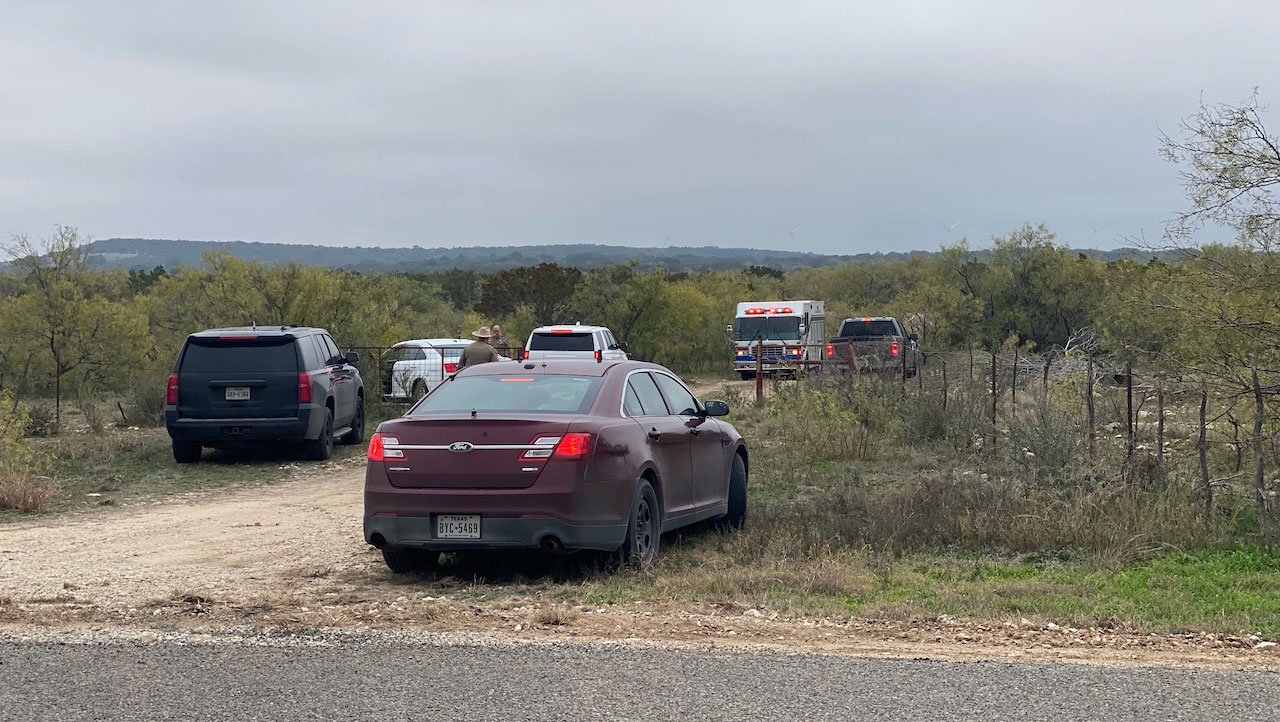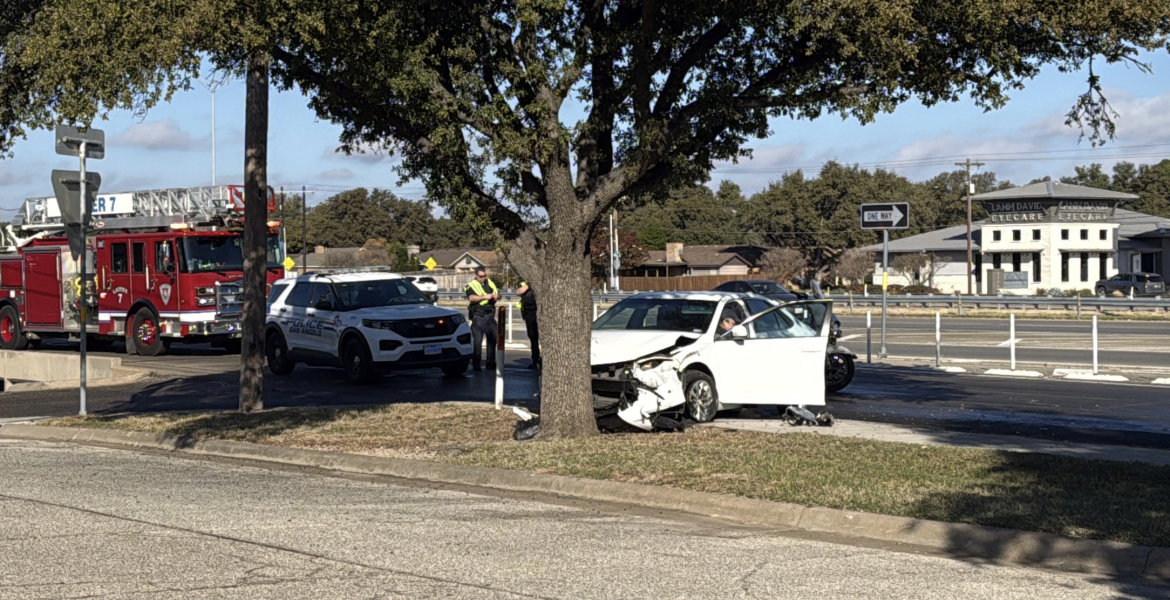SAN ANGELO, TX — Spatial Disorientation is a condition a pilot encounters when flying without visual references outside the aircraft, such as when flying in cloud cover, or “Instrument Meteorological Conditions (IMC).” What occurs is the inner ear gives the pilot sensations to convince the pilot he or she is climbing and turning. When in reality, and according to the plane’s flight instruments, the aircraft is flying straight and level, for example.
After reviewing the tragic crash of the PC-12 Pilatus turboprop that happened eight days ago on Dec. 15, 2023, south of Christoval, an experienced instructor pilot described his theory of how pilot disorientation caused the pilot to lose aircraft control. The IP’s name is Max Trescott who has been flying for 50 years and was the 2008 National Flight Instructor of the Year. Today, he produces a podcast for pilots called Aviation News Talk.
Here is the final part of Trescott's analysis of the fatal PC-12 crash in Christoval:
The San Angelo Approach controller was vectoring the Pilatus to the final approach portion of the RNAV (GPS) Rwy 36 approach. Getting vectors to final during IMC conditions is typical. Once on final approach, the aircraft will be headed 360 degrees plus any wind correction needed to maintain the course (the published approach course is exactly 002 degrees, but we will use 360 for simplicity’s sake).
When the mishap aircraft, Pilatus N188PC, received its first vector, the controller directed its pilot fly a heading towards the southwest in order to place the aircraft about seven miles south of the Final Approach Fix (FAF). The goal was to provide the controllers and the pilot enough room south of the FAF so that the aircraft had space and time to maneuver in order to be well-established on the 002 course and heading prior to the FAF and the final descent to land). Once the aircraft was far enough south, San Angelo Approach told the pilot to fly heading 270, a heading that is perpendicular to the course, also called the “base” leg.
The pilot can usually assume the “base” leg like this will be maintained until the aircraft on radar shows it is near the final approach course. Trescott said the ATC Controller’s Handbook instructs controllers to use no greater than a 30-degree intercept heading for final approach. In this case, the pilot may have been anticipating a turn to 330 or 340 degrees to complete the intercept of the final approach course.
In the case if N188PC, that instruction to turn 330 or 340 degrees never happened. Instead, the controller vectored the Pilatus through final, and instructed the pilot to turn to a heading 030, or a 28-degree intercept from the west, from the other side of the approach course. This is called getting “vectored through final.” This is a normal procedure but the ATC Handbook instructs controllers to notify the pilot if there will be vectors through final. This did not happen, Trescott said.
The Pilatus was at 4,300 feet MSL at the tops of the IMC cloud layer that dipped down to 3,000 feet above sea level (MSL). Winds were out of the southeast at a strong 30-35 knots and the Pilatus pilot was traveling at around 200 knots indicated. Usually a Pilatus will be flying 50 knots slower on base to final at 150 KIAS, Trescott noted, citing his conversation with an experienced PC-12 pilot. The resulting high ground speed likely caused the aircraft to quickly pass the point where the controller intended to turn the aircraft to intercept from the east, necessitating the vectors through final. The wind was blowing the plane westerly very quickly.
The pilot did not realize the controller’s vector was through final and, according to Trescott, the track data suggested that he disengaged the autopilot to hand fly a steep turn to catch the final approach course from the east side of the track, attempting to make up for the late vector from San Angelo Approach. In the ATC audio, the Pilatus pilot informs Approach that, “We overshot it.” The San Angelo Approach controller replied, “That’s why we gave you a 030 (degree) vector.” This exchange confirms the pilot was not anticipating flying through final and instead was attempting to intercept the final course from the east at a high ground speed and high bank angle.
Trescott said he calculated from ADSB data that the bank angle exceeded 50 degrees. This is where aircraft control was likely lost.
Weather data at the time of the crash had the base of the clouds at around 3,000 feet MSL and that meant the Pilatus pilot was executing a steep-banked turn while in the weather — IMC— as he was descending. Thus the plane was also accelerating, causing a sensation from the ears that the plane is climbing. Without strict discipline of watching and believing the flight instruments and/or because the pilot was suffering fatigue, this may have convinced the pilot to push forward on the yoke and force the plane to descend faster due to this spatial disorientation.

Audio analysis of the crash of a Pilatus PC-12 on Dec. 15 south of Christoval.

The ranch gate of the road leading to the crash scene of a Pilatus PC-12 that went down at 12:55 p.m. on Dec. 14, 2023 south of Christoval.
The final radio transmission from the pilot was, “Approach, we’ve got a problem.” Nothing was heard from him again.
Trescott said the downloaded data from ADSB indicated a descent rate of over 10,000 feet per minute in the final several data entry points. The map on ADSBExhange.com shows an average descent rate of over 5,000 fpm on the final mapped point. Also at the final ping of the ADSB data, the PC-12 was about 1,000 feet above the ground several miles south of the FAF. The plane crashed on the Duff Ranch south of Christoval.
Subscribe to the LIVE! Daily
Required






Post a comment to this article here: